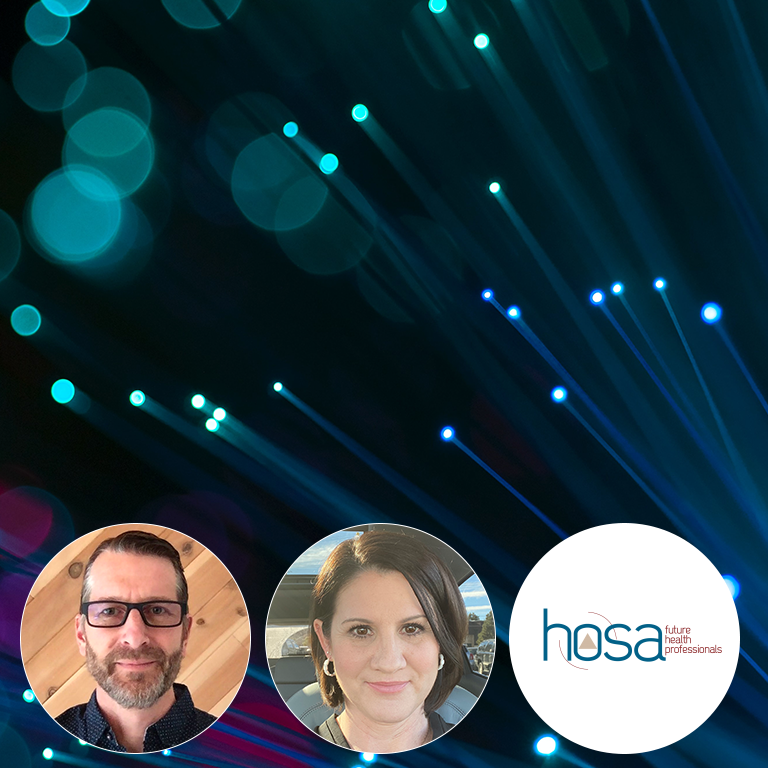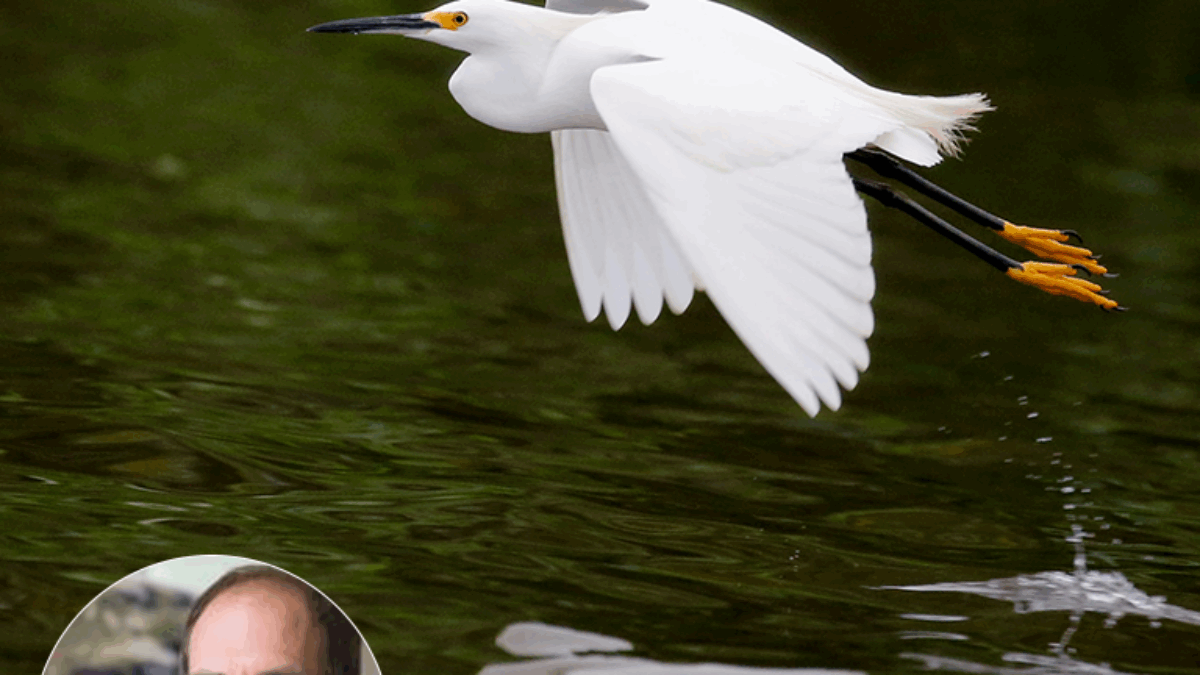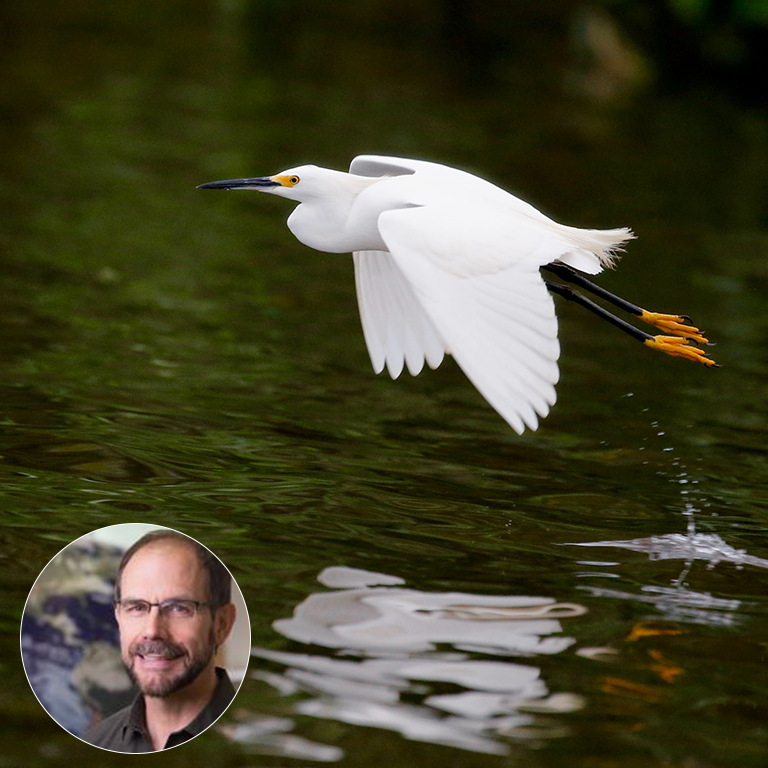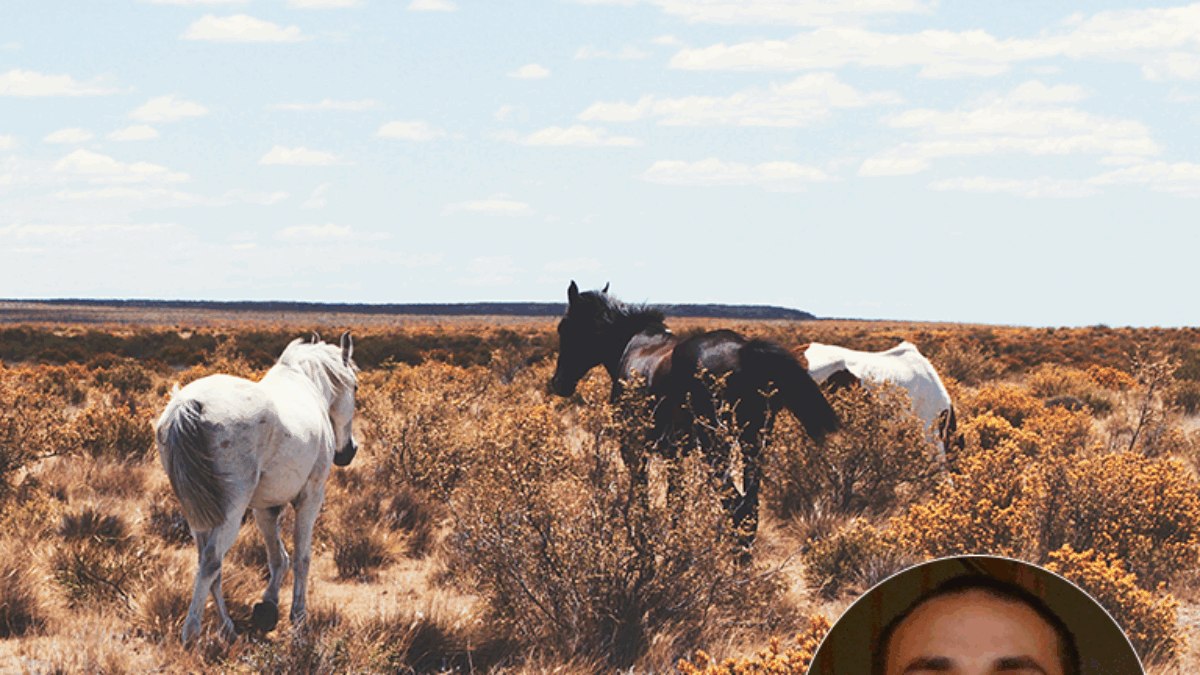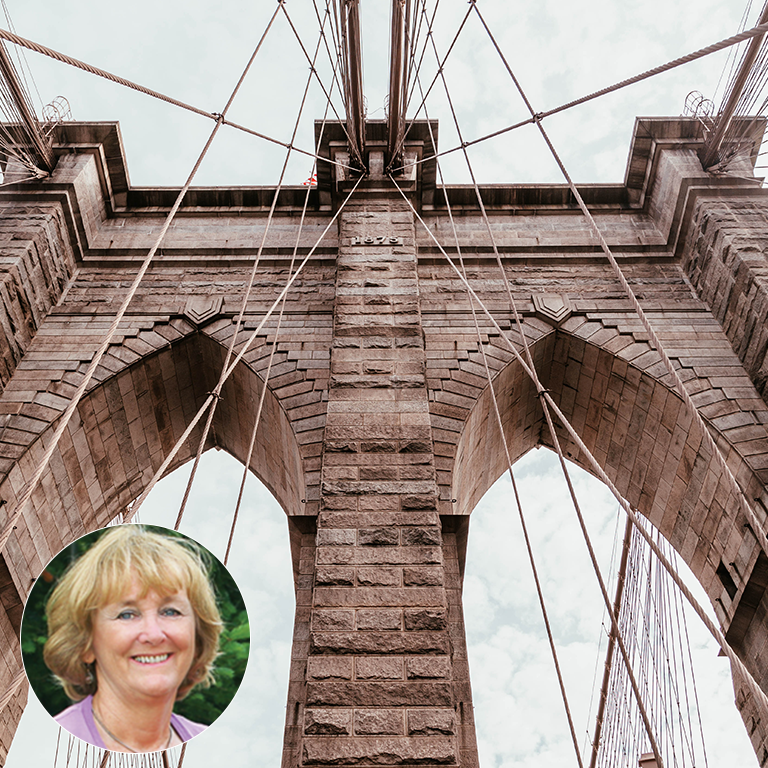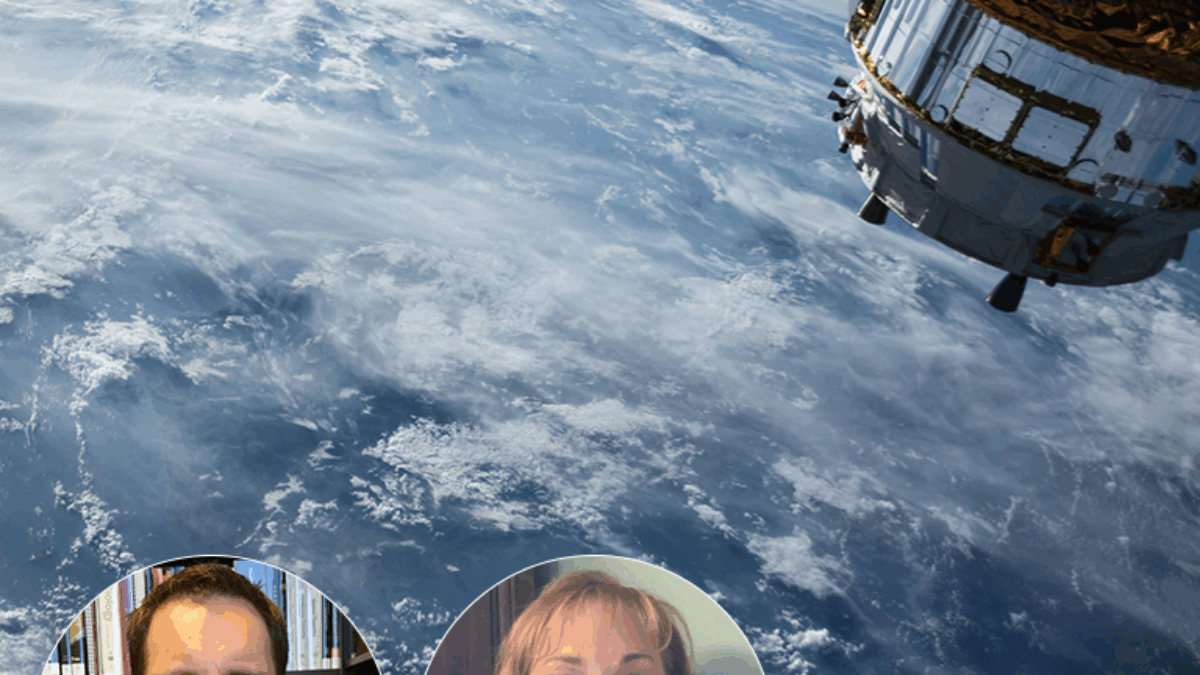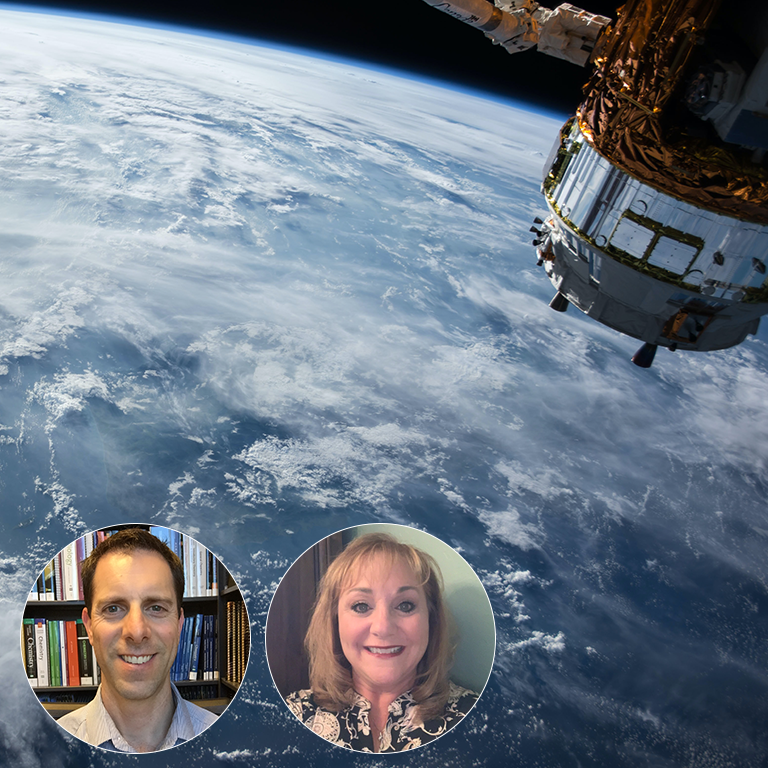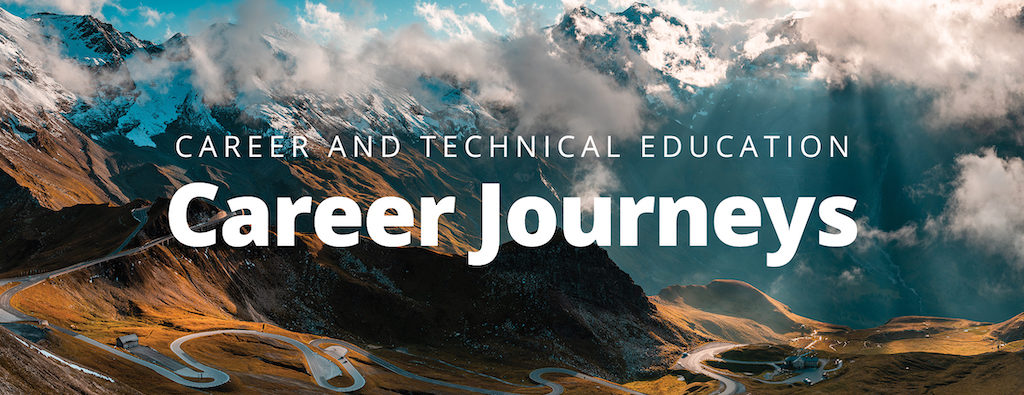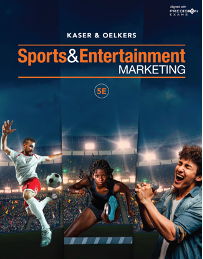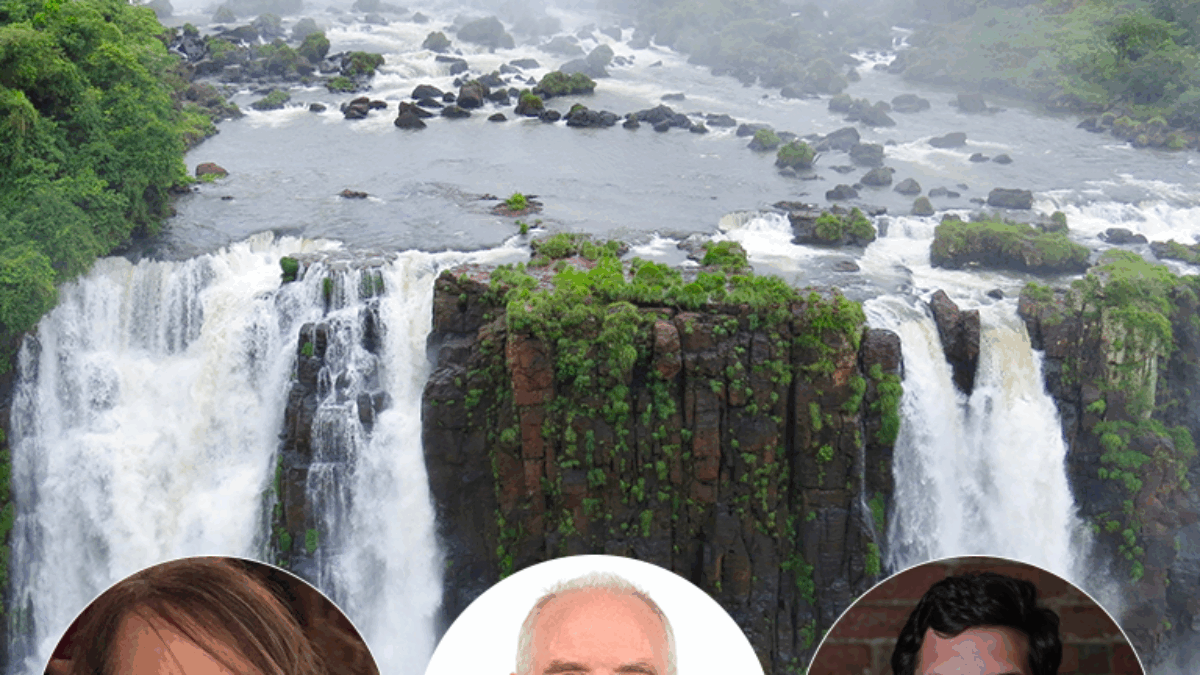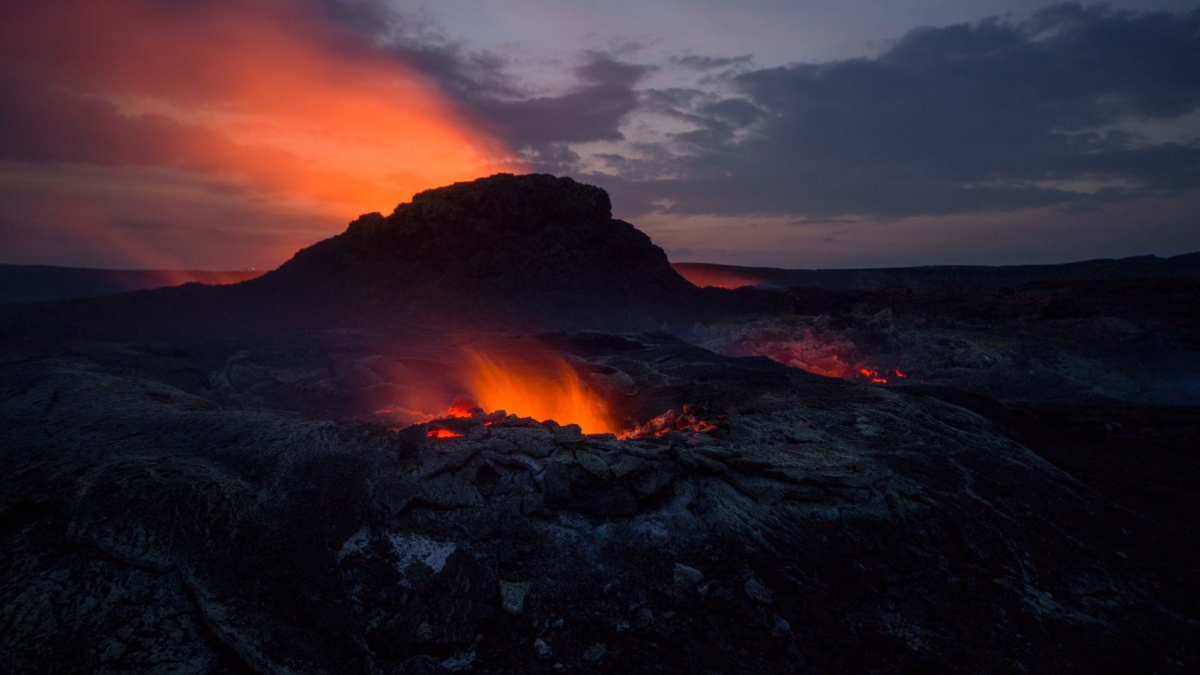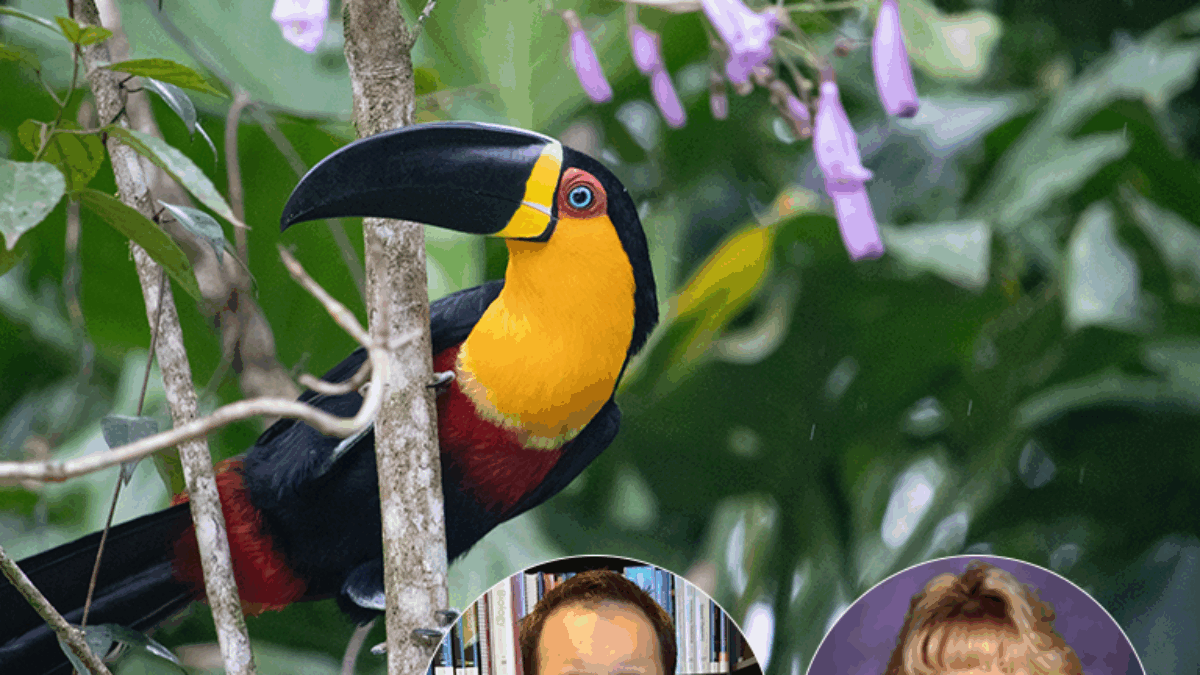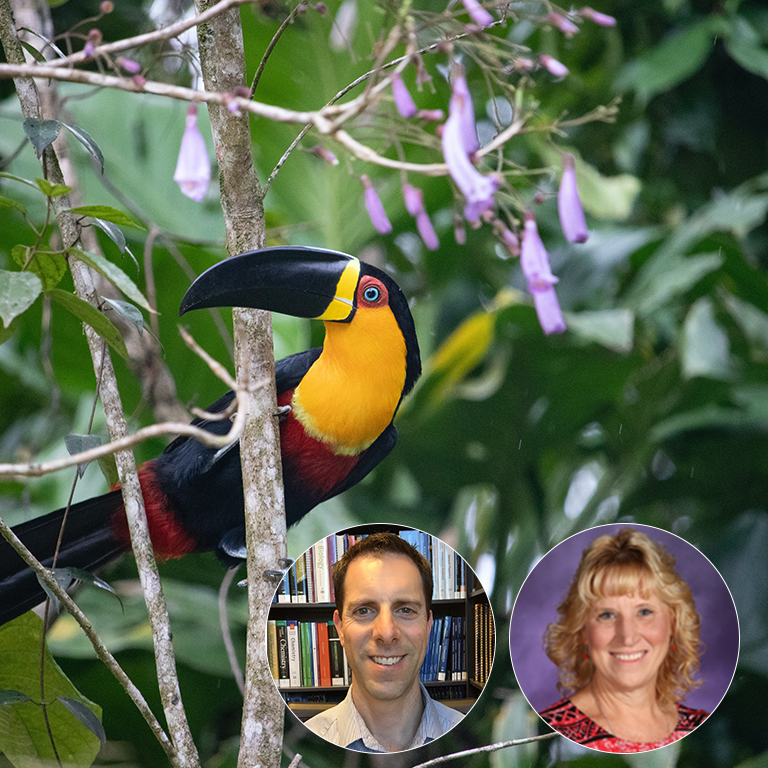The below tips come from Marketing Professional Panel highlighted in this Virtual Learning Series Webinar with three industry professionals—A Professor of Marketing, the Global Head of Marketing Technology at a B2B (Business-to-Business), and a Marketing Manager of a small B2C (Business-to-Consumer) startup company. These were the answers to live audience questions we couldn’t fit into the 60-minute webinar.
Additional topics covered live included:
- • Day in the life of a Marketing Professional
- • Big wins that made them realize Marketing was the industry for them
- • How students advocate for themselves and their careers
- • What they look for when hiring an intern or marketing manager
- • Key Marketing Technologies and strategies for using them to grow business
View the full recording to share with your class!
Tips from Marketing Professionals — Answers to Additional Audience Questions:
Q: What are tips you could give for young entrepreneurs who want to start a business during the pandemic. What advice would you give to somebody who is trying to make their business grow but can’t get any sales?
A: Rustin Nethercott, Marketing Manager at GRIT
The pandemic has created hundreds of new problems for every one of us—the inability to see loved ones, difficulty getting groceries while avoiding crowds, and the overall increase in stress and anxiety, just to name a few. But every new problem also brings with it new opportunities to solve the problem with a business. The companies that have done well over the last nine months have been the ones that helped solve a problem that the pandemic created or made worse. Think Zoom, Instacart, and Amazon. Try and find a problem that affects enough people for it to be worth solving, but that doesn’t yet have a great solution. Then, build the solution.
For someone with an existing business that is struggling to get sales, the top advice I would give is to make sure you have product-market fit. In other words, do you have an audience that actually wants what you have to sell? Think about your existing customers. If your product disappeared tomorrow, how disappointed would they be? (Hint: Ask them!). If they would be very disappointed, then find groups of people similar to these customers. If they would not be disappointed, then you need to either change your product, change your market (who you’re selling to), or both.
Q: What partnerships do you see for students to gain work-based experience in Marketing while in HS? Internships, etc.
A: Francesca Quinn, Global Head of Marketing Technology at Cloud Communications Division of NTT Ltd.
Marketing is something that a wide base of application in the world. Whether it is a mom-and-pop store or a large organization, they can benefit from good marketing. What I am seeing in my town is a lot of small stores looking to find ways to differentiate and bring customers in during the pandemic. Try offering some free help to them like running their social media or organizing an email campaign to get them to bring in customers. If you are interested in technology, look into free software they could use for this and offer to help set them up. Not interested in a small store, offer your services to a cause you care about.
A: Rustin Nethercott, Marketing Manager at GRIT
Internships are the best way to get experience in the field and are required by most companies hiring for entry-level roles. If you can’t find any posted internships, make your own. Reach out to small businesses and nonprofits and offer to do their marketing for free. It may take a few tries, but odds are you will find a company willing to take you on.
If you can’t find a nonprofit or small business, fear not. Marketing is no longer blocked by gatekeepers. You can create your own blog or eCommerce store and teach yourself marketing. Build your own website, set up your own analytics, start your own social channels, run your own ads, write your own blog posts. No permission required. Practice growing your own project through trial and error while building out your portfolio and resume.
Q: During your learning experience, was there a time where you doubted yourself?
A: Francesca Quinn, Global Head of Marketing Technology at Cloud Communications Division of NTT Ltd.
Yes! I still doubt myself sometimes. What is important though is that I don’t let that doubt alone stop me from doing something. Having doubt can be a good thing. It can stop us from acting rashly. So, when you have a doubt, take a minute and just reassess the issue. Do you still feel like it is the right path? Do you need to shift something slightly? Make those adjustments and then push forward. And if you happen to be wrong? Learn from it and move on.
A: Rustin Nethercott, Marketing Manager at GRIT
Every single day. Imposter syndrome is as prevalent in the business world as coffee addiction and corny overused sayings (“let’s run this up the flagpole”).
But despite being highly prevalent, imposter syndrome is a good sign that you’ve linked your self-worth a bit too closely with your career. What the imposter syndrome-er fears most is being ‘found out’ as a fraud and becoming a ‘failure’. But your job can only make you a failure if it determines your value as a person. Which, fun fact, it doesn’t. Never has, never will. It’s something you do, and hopefully, something you enjoy, but it cannot give you worth or take it away.
Q: What are some tips for being comfortable in an uncomfortable setting or situation?
A: Francesca Quinn, Global Head of Marketing Technology at Cloud Communications Division of NTT Ltd.
Firstly, if something makes you unconformable but is unavoidable, take as many opportunities as you can to do that thing. The more times you do it, the easier it becomes. Second, prepare yourself as best as you can for it. If that means, writing down what you want to say or having some role play with you, do that. If it means, doing some research on a person or company in advance or studying reports, do that. If it is something you can practice, do that. Then lastly, let go of your expectations of what the outcome should be. Once you are in that setting/situation, whatever happens, will happen. Personally, I am petrified of public speaking. But I do it as much as I can. I prepare for it as best as I can. And then I roll with whatever comes my way…even if that means falling over a chair in front of an entire classroom while trying to teach them relational algebra (true story!).
A: Rustin Nethercott, Marketing Manager at GRIT
- Bring a growth mindset into everything you do. You don’t need to be the smartest, or the most experienced, or most talented, or anything like that. If you can learn and grow fast, then you will be successful. Ask more questions than feels necessary, read everything you can on your field, and know that everyone else is probably too busy focused on their own work to be paying much attention to you.
- Focus on only what you can control— your thoughts and your actions. You can’t control how your boss perceives you, what others accomplish or don’t accomplish, or if your coworkers are out to get you. You can control how hard you work, how positive of a presence you are in the office, and how helpful a teammate you are.
- Focus on the process, not the outcomes. There will be days when you do everything right, and your campaign still falls flat. Or other days when you just wing it, and it’s a resounding ‘success’. Outcomes are fickle and inconsistent. It’s your process that will determine success or failure in the long run. So, worry less about the results, using them only as feedback to help adjust your process.




